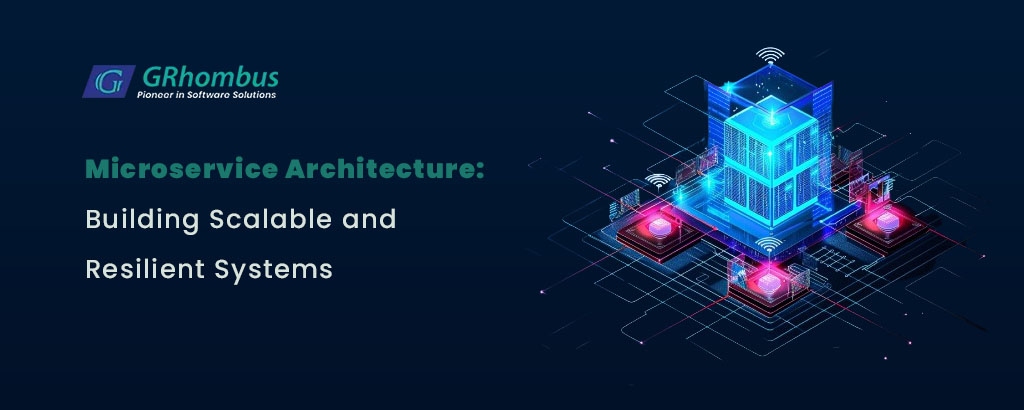In the evolving landscape of software development, microservices architecture has emerged as a pivotal design approach, marking a significant departure from the traditional monolithic architecture. This architecture style structures an application as a collection of loosely coupled services, which are fine-grained and the protocols are lightweight. This blog delves into the core concepts, benefits, and fundamental understanding of microservice architecture, elucidating why it’s becoming the go-to for building scalable and resilient systems.
Understanding Microservice Architecture: Breaking Down the Monolithic
- Monolithic vs. Microservices: Traditional software applications were often developed as a single, indivisible unit known as a monolithic architecture. While this approach simplifies development, deployment, and scaling in the initial phases, it becomes increasingly complex and rigid as the application grows. Microservices architecture, on the other hand, breaks down the application into a suite of smaller, independent services. Each service is designed to perform a specific function and can be developed, deployed, and scaled independently.
- Decomposition: The process of breaking down a monolithic application into microservices involves identifying the natural boundaries within the application. Each microservice is responsible for a distinct feature or business capability, enabling teams to develop and deploy updates to each service independently without impacting the functionality of other services.
The Core Concepts of Microservice Architecture
- Decentralization: Emphasizes decentralized governance and data management, allowing different services to be developed, deployed, and scaled independently by various teams.
- Independence: Services are designed to be independently deployable, enabling teams to deploy updates to a single service without redeploying the entire application.
- Do One Thing Well: Each microservice is designed to execute a single business function well, leading to a modular, easier-to-understand codebase.
- Polyglot Persistence and Programming: Microservices can use different programming languages, databases, and tools, allowing each service to use the technology that best fits its requirements.
- Failure Isolation: If one service fails, the architecture is designed to isolate the failure, minimizing its impact on other services.
- Scalability: Services can be scaled independently, allowing for more efficient use of resources and improving the application’s overall responsiveness.
The Benefits of Microservice Architecture
- Scalability: By allowing each service to be scaled independently, microservices architecture can handle increasing loads and demands more flexibly than monolithic applications. This is particularly beneficial for businesses experiencing rapid growth or those with varying loads across different components of their application.
- Resilience: The isolated nature of services means that if one microservice fails, it doesn’t bring down the entire system. This isolation improves the overall resilience and uptime of the application.
- Faster Time to Market: Independent development teams can work on different services simultaneously, reducing development time. This parallel development leads to faster iterations and quicker time to market for new features.
- Technological Freedom: Teams can choose the best technology stack for their specific requirements, rather than being constrained to the technology choices of a monolithic architecture. This flexibility encourages innovation and optimization of each service.
- Easier Maintenance and Update: Smaller codebases and independent services make the application easier to understand, maintain, and update. This modular approach reduces the risk of introducing bugs when making changes or adding new features.
Conclusion
Microservices architecture offers a compelling blueprint for building scalable, resilient, and flexible software applications. By decomposing applications into smaller, loosely coupled services, organizations can achieve greater agility, improved scalability, and faster time to market. Despite the challenges associated with transitioning to a microservices architecture, such as increased complexity in service communication and the need for a robust deployment infrastructure, the benefits often outweigh the drawbacks for many businesses. As technology continues to evolve, microservices architecture remains a key strategy for developers and companies aiming to stay competitive in the fast-paced digital world.



